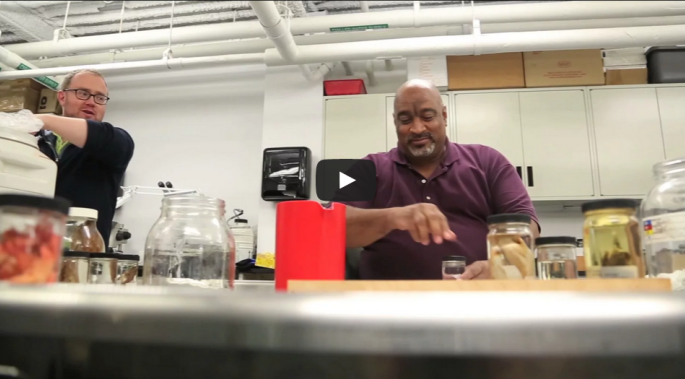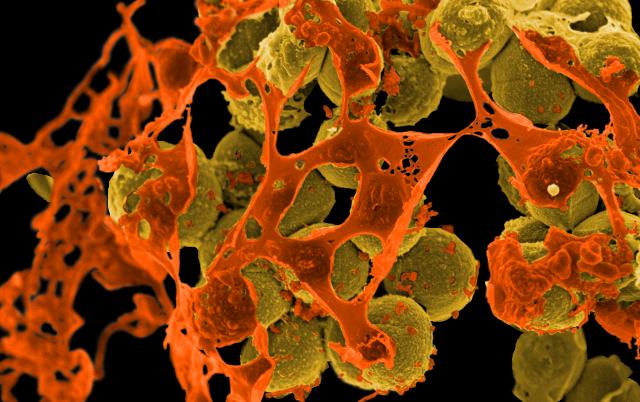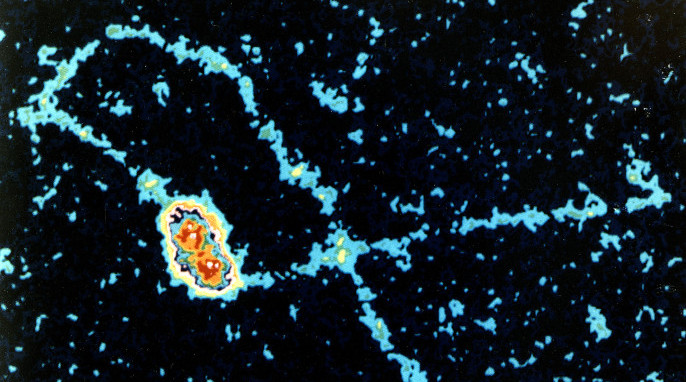About Shelf Life Episode 1: 33 Million Things
Can’t get to New York to visit the American Museum of Natural History? No problem! EH Science invites you to take a virtual trip behind the scenes. In this the first episode of the museum’s brand new original series, Shelf Life, you can walk in the shoes of a research scientist and explore the enormous collection of specimens, many of which aren’t on public display.
Shelf Life is a video series for curious minds—opening doors, pulling out drawers, and taking the lids off some of the incredible, rarely-seen items in the American Museum of Natural History.
The museum’s collections include more than 33,430,000 items, from centuries-old specimens and artifacts (such as fish and birds) to entirely new types of specialized collections (such as frozen tissue samples and genomic data). Combined, these collections form an irreplaceable record of life on Earth, the span of geologic time, and knowledge about our vast universe.
The objects in this collection fall into the categories of invertebrate zoology, vertebrate zoology, paleontology, anthropology, and physical sciences (a category which includes a small assortment of frozen tissues).
Invertebrates make up more than 90 percent of all living animal species, so it’s not surprising they comprise the museum’s largest collection, which consists of more than 23 million invertebrate specimens.
Most visitors to the museum flock to the fourth floor to see the dinosaurs. The Tyrannosaurus rex skeleton is just one specimen in the largest collection of dinosaur fossils in the world. The paleontology collection is also notable for its mammal fossils, the largest collection of its type anywhere.
“A research collection is a place of discovery. You can walk around the corner and see something no one’s quite observed that way before,” says Michael Novacek, Provost of Science and Curator, Division of Paleontology.
Enjoy watching Shelf Life Episode 1. You don’t even have to wear a lab coat, but you can if you want to.




